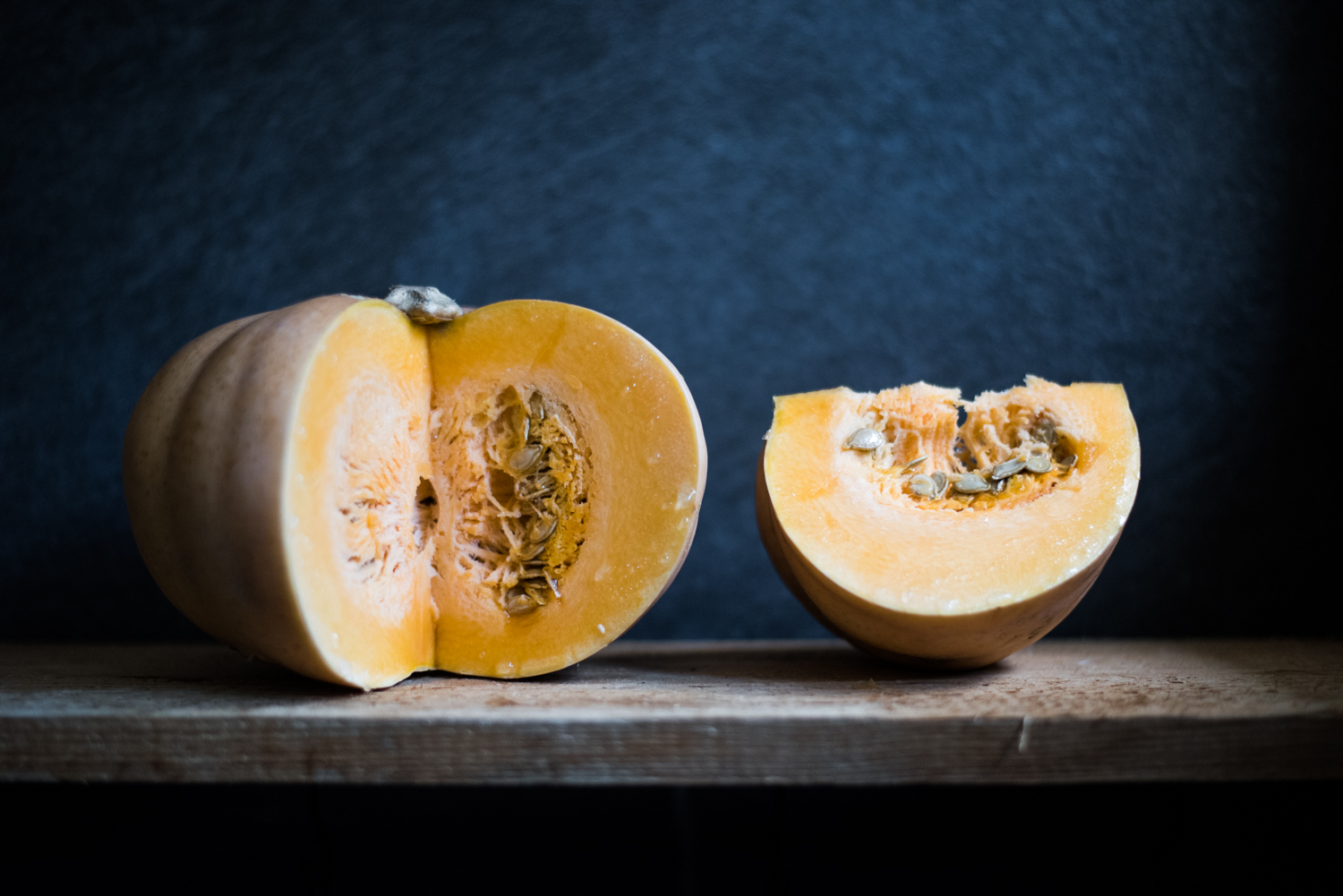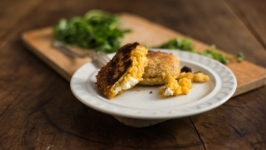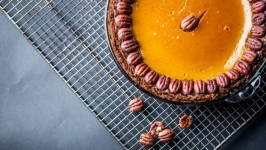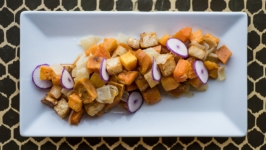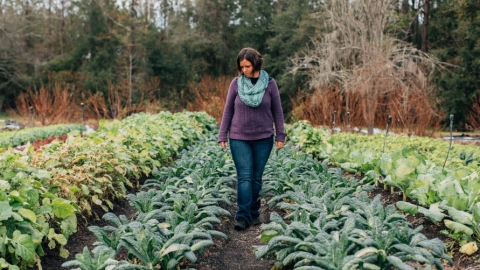Seminole Pumpkin
Anyone who has tried to garden during summer months in Florida is familiar with the challenges. High heat and humidity, too much rainfall (or not enough), bugs and other wildlife, all impede successful results. If you have not grown the wild squash of the Everglades, perhaps this plant is one to try to make you feel more accomplished as a gardener. The characteristics of this variety allow it to tolerate heat, drought, insects and powdery mildew without use of pesticides or other sprays.
Also known as Seminole Pumpkin, this plant was traditionally grown by the Calusa, Creek, Miccosukee and Seminole. These pumpkins are a cultivar of Cucurita moschata and are related to butternut squash and Calabaza. The Miccosukee name for this product is “chassa howitska” meaning “hanging pumpkin,” based on the way it grows. The Seminole and the Miccosukee people would plant the pumpkin seeds at the base of trees, allowing the trunk to act as a trellis for the pumpkin vine. As a result, the fruit would grow hanging from tree limbs.
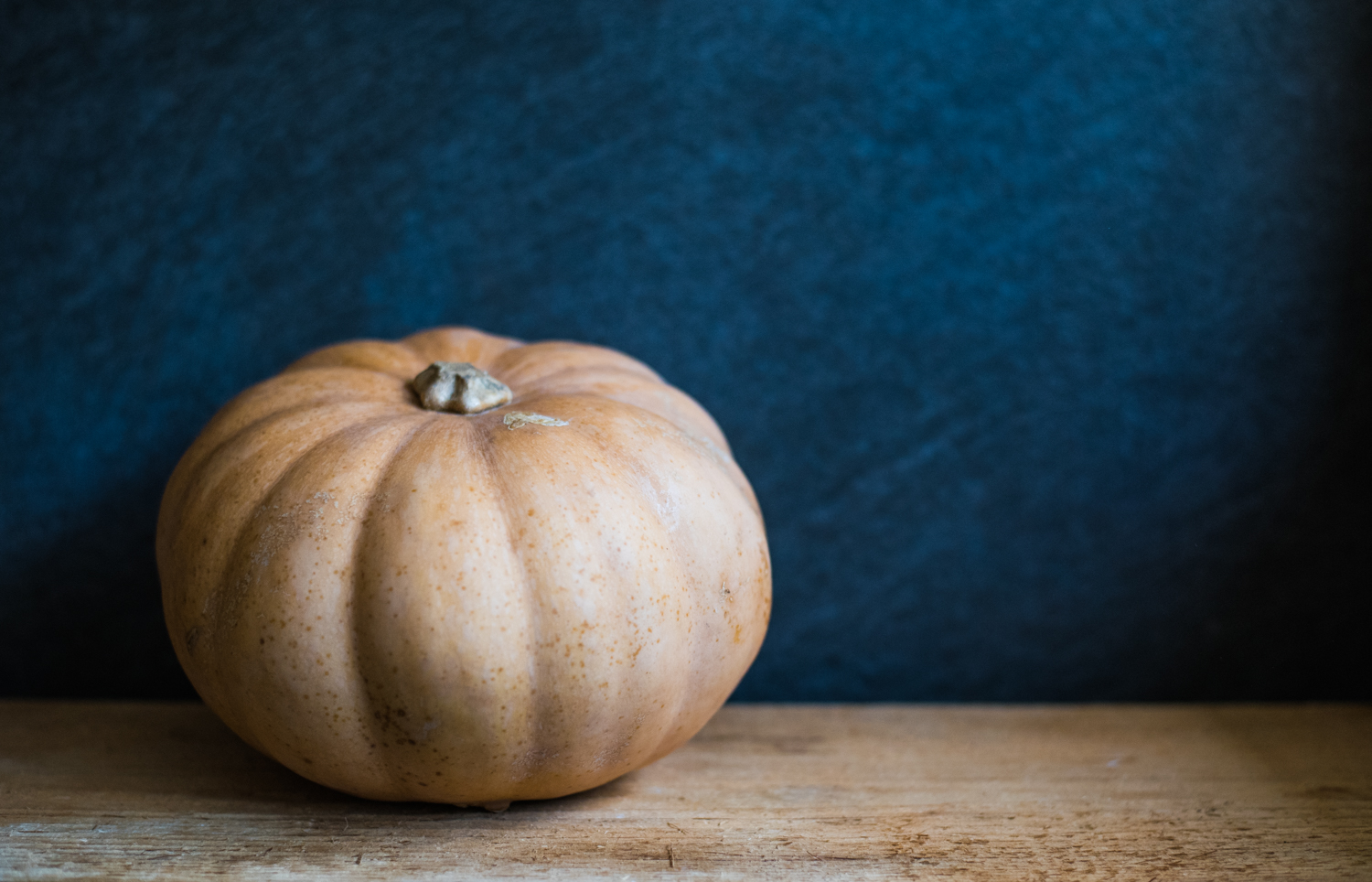
The Seminole Pumpkin is pear-shaped or spherical with an incredibly hard shell or rind, which takes some effort to break open. These pumpkins range in color from deep gold to light salmon on the outside, with deep orange flesh and a flavor similar to a slightly sweet butternut squash. Because of their thick skin, Seminole pumpkins can be stored for up to a year in a dry location. Given Florida's humid climate, however, they may only last for a few months.
The best time to plant Seminole pumpkins is in the spring. Make sure to provide plenty of room for the vines to spread, as sometimes they can grow up to 25 feet long. The pumpkins should be ready to pick 60-90 days after planting, and they can be harvested up to the first frost. Look for them at farmers markets, beginning in early fall.
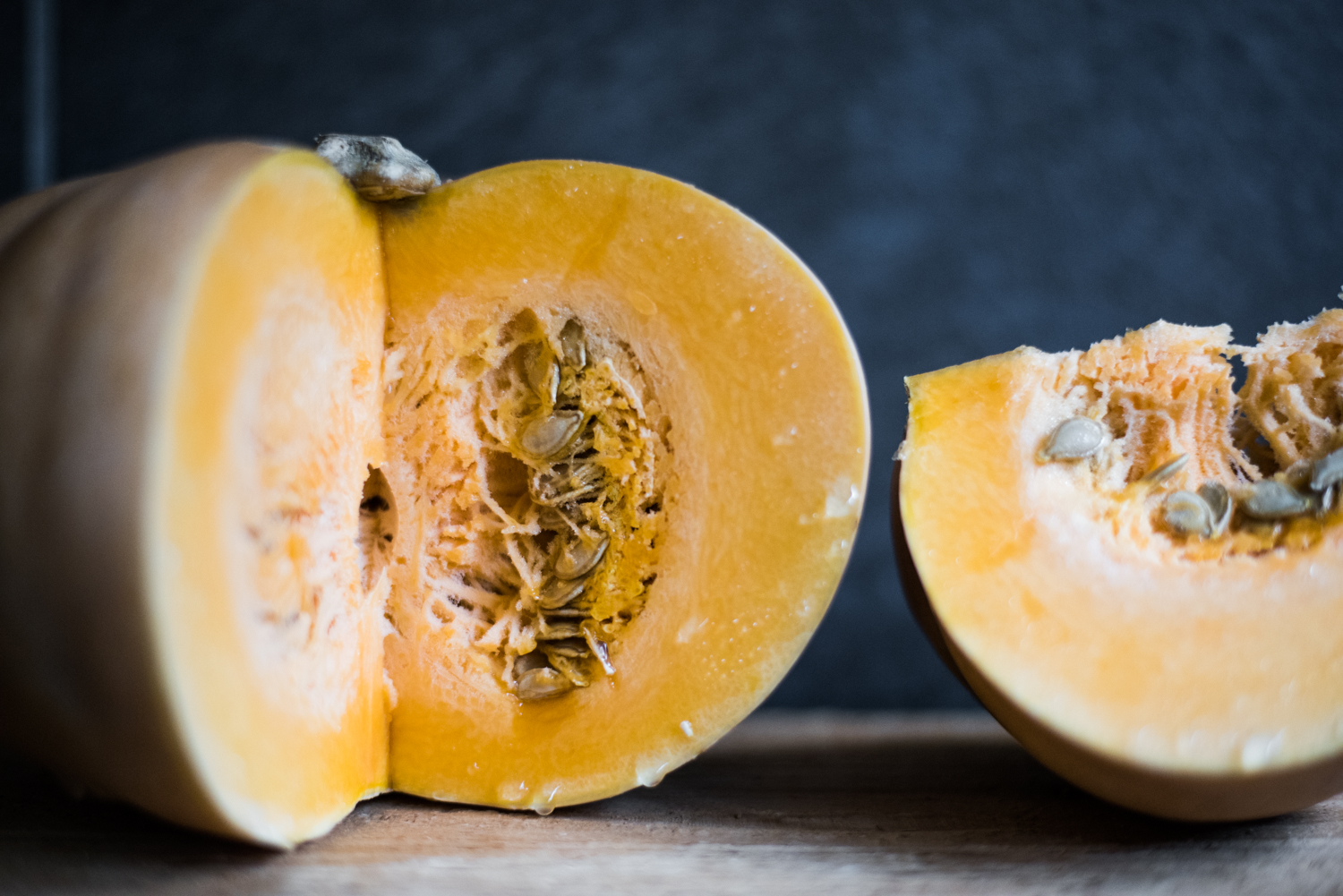
Seminole pumpkin can be used as a substitute for other pumpkins or butternut squash when cooking. Besides the flesh of the mature pumpkins, you can also try eating the young, green fruits without peeling the rind. And, as with other plants in the squash family, the beautiful yellow flowers are also edible, raw, stuffed or fried.


